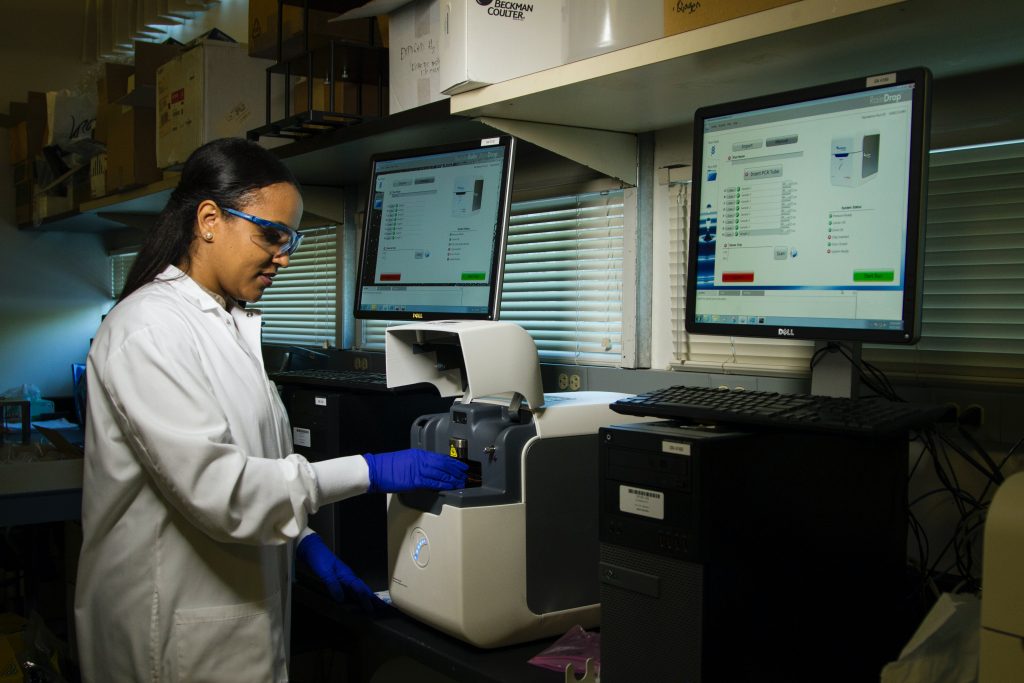
Diabetes as a chronic disease is characterized by a deficiency of the hormone insulin, which is produced by the β-cells of the pancreas. As a consequence, the processing of nutrients in the bloodstream is impaired. The inability of the cells to produce insulin is linked to an inflammatory process within the cells. Mayo Clinic researchers found that extracellular vesicles play an important role in β-cell dysfunction.
Type I diabetes is characterized by chronic β-cell inflammation. People with this diagnosis have to take insulin daily. Given the lack of medication for this disease, it is crucial to be able to diagnose diabetes at an early stage.
The aim of the study was to track the cause of β-cell death in type I diabetes and to use the findings to be able to detect the disease at an early stage. The study found that inflammatory signals from altered β-cells stimulate extracellular vesicles, which in turn affect other cells. The chemical effect of damaged cells on healthy cells contributes to inflammation and damage to the latter.
Other studies indicate that not all β-cells are lost with the course of the disease, even decades after the diagnosis of diabetes. Identifying why these cells escape autoimmunity may help in the search for new therapies.
By studying extracellular vesicles, Mayo Clinic researchers discovered the specific protein CXCL10. By restricting the fusion process of the protein to β-cells, improvements in cell function were observed.
Thus, the research team is to determine the prospect of using the specific protein as a biomarker for early diagnosis of diabetes. There are also plans to study the relationship between extracellular vesicles and diabetes. A successful outcome of the research will significantly alleviate or offset complications caused by the disease.